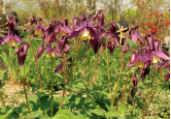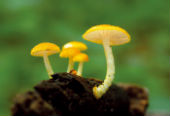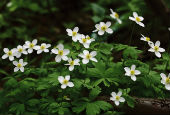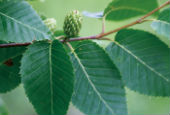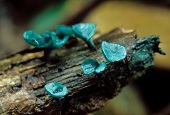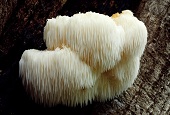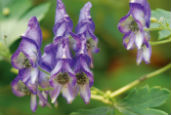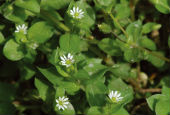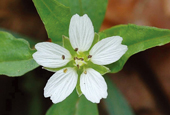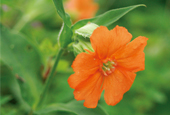View this article in another language
- 한국어
- English
- 日本語
- 中文
- العربية
- Español
- Français
- Deutsch
- Pусский
- Tiếng Việt
- Indonesian
Flora & Fauna of Korea #26
Korea.net publishes a series of articles, “Nature You Meet in the Mountains,” about the peninsula’s mushrooms, insects, trees and herbs & flowers.
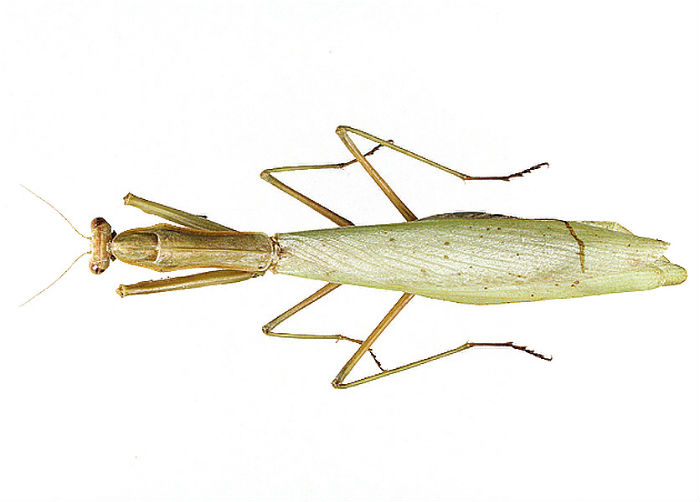
Insects
Name: 황라사마귀, Hwangrasamagwi
Scientific name: Mantis religiosa (Linne)
Distribution: worldwide, mostly in Korea, Japan, Taiwan
This praying mantis is about 50 to 65 millimeters long. It is light green or light brown. The male's antenna are relatively longer and thicker, while those of the female are shorter and more string-like. The anterior thorax is a bit long. Males are about 3.5 times larger than the average butterfly and females are about 3 times larger. The anterior wings are long enough to reach the tip of the tail. The legs are not very long and have the same color as the body. A black spotted pattern can be found inside the coxa, the hip joint. Having no scalids along the posterior legs distinguishes this species from similar species.
Ecology: It is normally found between August and October in the fields or in the grass by the brook. It preys on tinier insects and small-sized vertebrates.
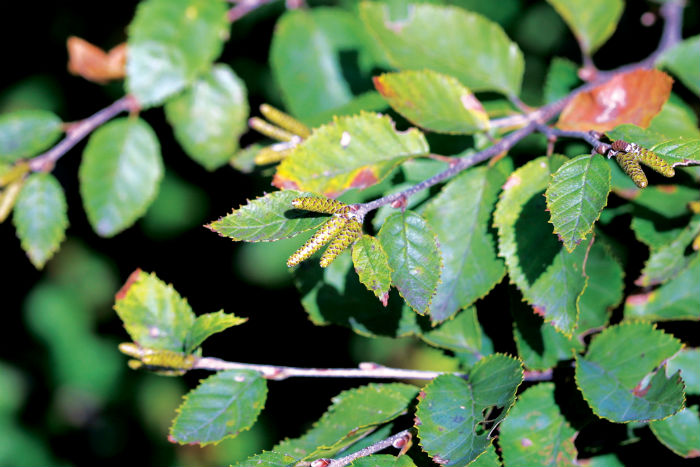
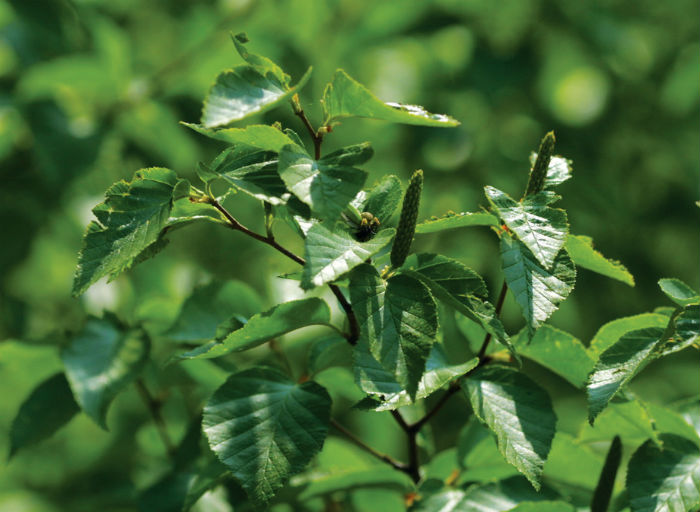
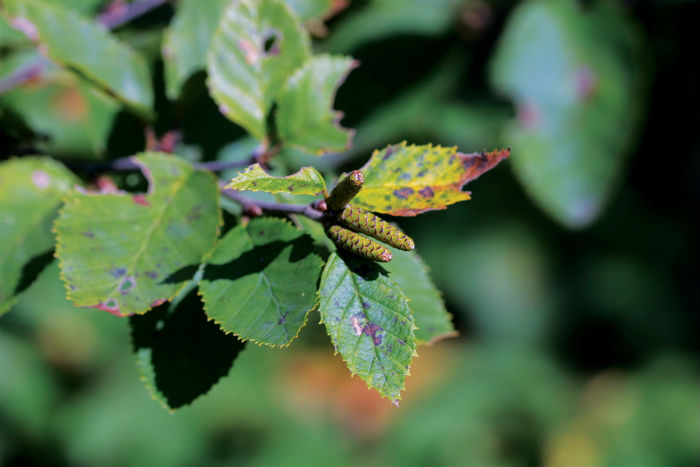
Trees
Name: 박달나무, Bakdalnamu
Scientific name: Betula schmidtii Regel
Type: deciduous broadleaf shrub
Blooming season: May
Bearing season: September
Distribution: well-lit mountainous areas nationwide
This mountain tree grows to 30 meters on average and can reach 1 meter in diameter. The bark is dark gray and does not easily come off. The leaves are alternate and take an egg-oval shape, tapering at the tip. The edges are dentate. A light fuzz grows from the veins along the underside of the leaves. The monoecious flowers give bloom to male flowers with drooping catkins and female flowers with upright catkins. It bears pine cones.
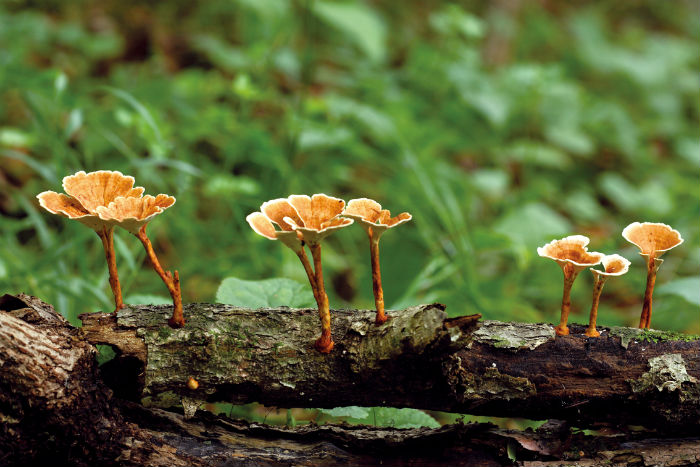
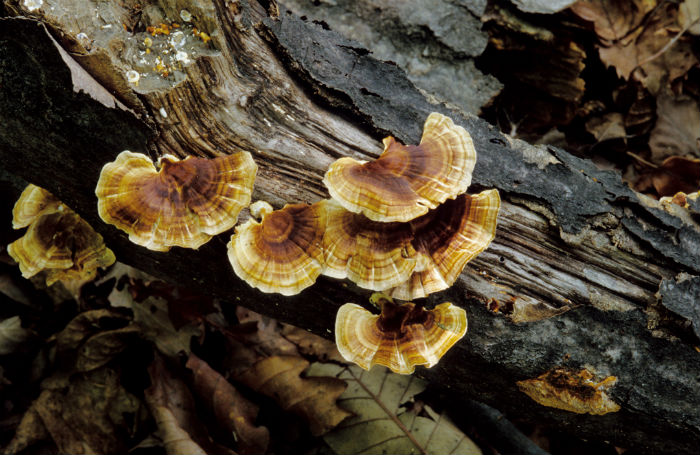
Mushrooms
Name: 메꽃버섯부치, Meggot beoseotbuchi
Scientific name: Microporus vernicipes (Berk.) Kuntze
Type: saprophile spore
Print: white
Inedible
This fugus is found in clusters growing from the trunks and branches of fallen or dead broadleaf trees. The cap is about 2 to 6 centimeters tall, 1 to 3 centimeters wide and 1 to 2 millimeters thick. The color ranges between yellowish white and yellowish brown, with a light streaking pattern. It is wide, flat and glossy. It has a dull saw-tooth edge along the side of the cap. The pores on the underside of the leaves are yellow-white, about 1 millimeter deep and are about 1 millimeter around. There are 8 to 9 pores, on average, per millimeter. The stipe is less than 2 centimeters tall and 2 to 4 millimeters around.
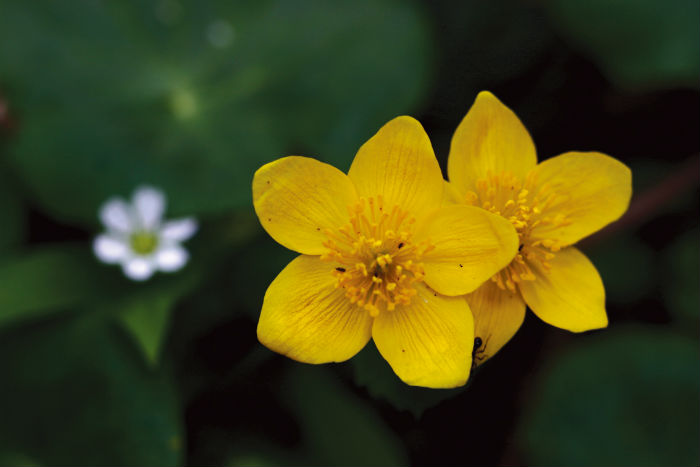
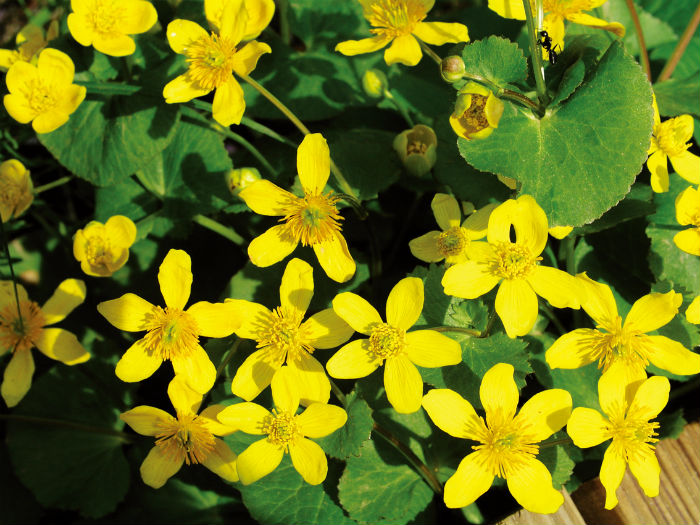
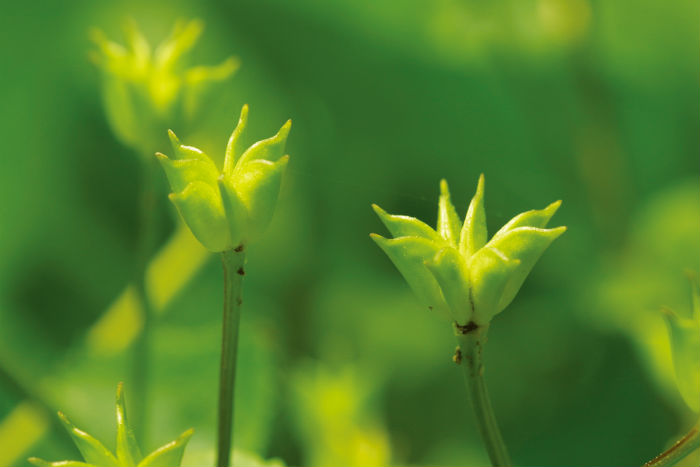
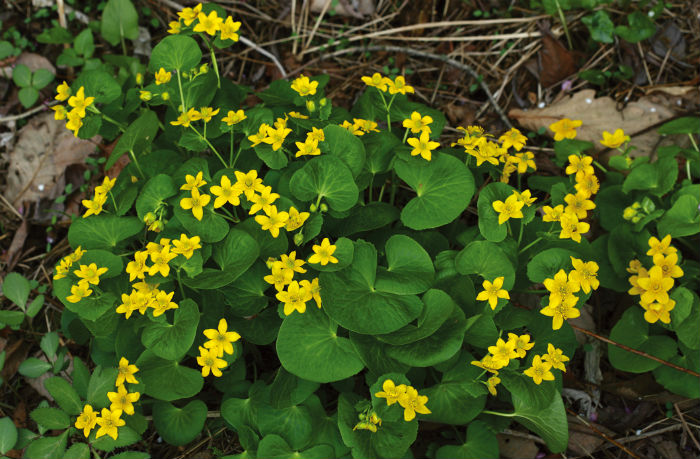
Herbs & Flowers
Name: 동의나물, Donguinamul
Scientific name: Caltha palustris L.
Full bloom: April to May
Distribution: wetlands nationwide (except Jejudo Island)
This perennial is found in wetlands in the mountains and grows to a height of 50 centimeters. The heart-shaped basal leaf grows in clusters from the root. It has a saw-tooth edge along the side. A number of round cauline leaves develop, alternating from the branches. At the tip of the branch blooms yellow flowers, normally two at once, standing upright. It bears dehisces, 4 to 16 at once, and they are each about 1 centimeter long.
*This series of article about Korea’s insects, trees, mushrooms and herbs & flowers has been made possible through the cooperation of the Korea National Arboretum.
Korea.net publishes a series of articles, “Nature You Meet in the Mountains,” about the peninsula’s mushrooms, insects, trees and herbs & flowers.

Insects
Name: 황라사마귀, Hwangrasamagwi
Scientific name: Mantis religiosa (Linne)
Distribution: worldwide, mostly in Korea, Japan, Taiwan
This praying mantis is about 50 to 65 millimeters long. It is light green or light brown. The male's antenna are relatively longer and thicker, while those of the female are shorter and more string-like. The anterior thorax is a bit long. Males are about 3.5 times larger than the average butterfly and females are about 3 times larger. The anterior wings are long enough to reach the tip of the tail. The legs are not very long and have the same color as the body. A black spotted pattern can be found inside the coxa, the hip joint. Having no scalids along the posterior legs distinguishes this species from similar species.
Ecology: It is normally found between August and October in the fields or in the grass by the brook. It preys on tinier insects and small-sized vertebrates.



Trees
Name: 박달나무, Bakdalnamu
Scientific name: Betula schmidtii Regel
Type: deciduous broadleaf shrub
Blooming season: May
Bearing season: September
Distribution: well-lit mountainous areas nationwide
This mountain tree grows to 30 meters on average and can reach 1 meter in diameter. The bark is dark gray and does not easily come off. The leaves are alternate and take an egg-oval shape, tapering at the tip. The edges are dentate. A light fuzz grows from the veins along the underside of the leaves. The monoecious flowers give bloom to male flowers with drooping catkins and female flowers with upright catkins. It bears pine cones.


Mushrooms
Name: 메꽃버섯부치, Meggot beoseotbuchi
Scientific name: Microporus vernicipes (Berk.) Kuntze
Type: saprophile spore
Print: white
Inedible
This fugus is found in clusters growing from the trunks and branches of fallen or dead broadleaf trees. The cap is about 2 to 6 centimeters tall, 1 to 3 centimeters wide and 1 to 2 millimeters thick. The color ranges between yellowish white and yellowish brown, with a light streaking pattern. It is wide, flat and glossy. It has a dull saw-tooth edge along the side of the cap. The pores on the underside of the leaves are yellow-white, about 1 millimeter deep and are about 1 millimeter around. There are 8 to 9 pores, on average, per millimeter. The stipe is less than 2 centimeters tall and 2 to 4 millimeters around.




Herbs & Flowers
Name: 동의나물, Donguinamul
Scientific name: Caltha palustris L.
Full bloom: April to May
Distribution: wetlands nationwide (except Jejudo Island)
This perennial is found in wetlands in the mountains and grows to a height of 50 centimeters. The heart-shaped basal leaf grows in clusters from the root. It has a saw-tooth edge along the side. A number of round cauline leaves develop, alternating from the branches. At the tip of the branch blooms yellow flowers, normally two at once, standing upright. It bears dehisces, 4 to 16 at once, and they are each about 1 centimeter long.
*This series of article about Korea’s insects, trees, mushrooms and herbs & flowers has been made possible through the cooperation of the Korea National Arboretum.
